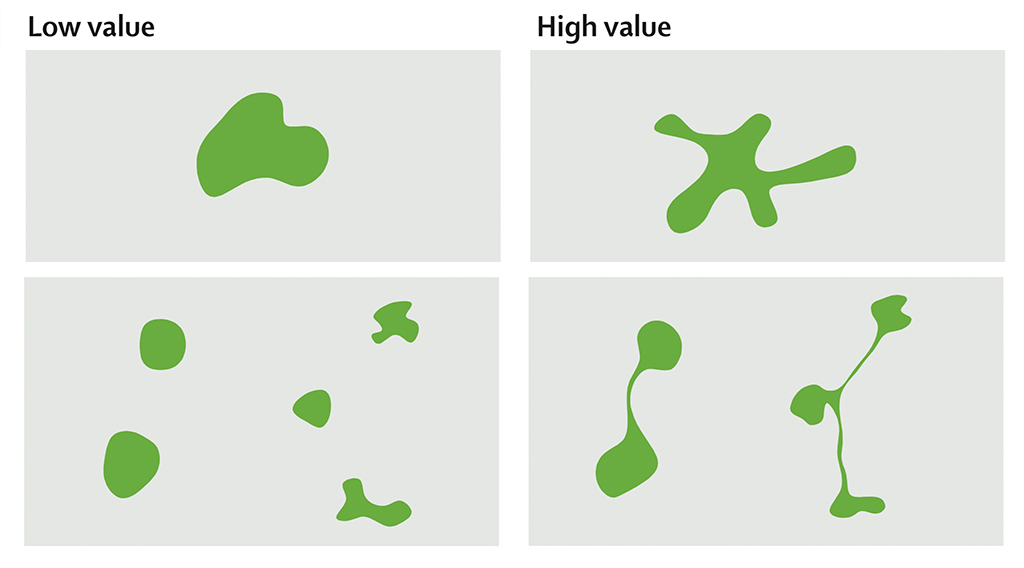
Irregularly shaped parks reduce the mortality risk of residents who live near them, according to a new study
“Nearly all studies investigating the effects of natural environments on human health are focused on the amount of a community’s green space,” the researchers write in their new paper. “We found that the shape or form of green space has an important role in this association.”
In the study, Huaquing Wang, an urban and regional sciences PhD student at Texas A&M University, and Lou Tassinary, professor of visualization, performed statistical analyses of Philadelphia land cover data to assess links between landscape spatial metrics and health outcomes.

They found that residents in census tracts with more connected, aggregated, and complex-shaped greenspaces had a lower mortality risk.
“Our results suggest that linking existing parks with greenways or adding new, connected parks might be fiscally accessible strategies for promoting health,” says Wang and Tassinary.
“We showed that the complexity of the park shape was positively associated with a lower risk of mortality,” they write in the paper. “This association might be attributable to the increased number of access points provided by complex-shaped green spaces.”
Irregularly shaped parks are either designed that way or shaped by the parcel they’re established in, says Wang. Lower mortality risk wasn’t associated with any particular form, but the data supports the idea that the more complex the park shape, the better, she says.
The relationship between park shape and mortality is important to city designers and planners who seek to create healthier living environments, the authors write.
“Our findings bring us closer to understanding the mechanisms underlying the protective effects of green space on mortality.”
The paper appears in Lancet Planetary Health.
Source: Richard Nira for Texas A&M University
The post Oddly shaped parks cut mortality risk for nearby residents appeared first on Futurity.
from Futurity https://ift.tt/33qXszI
No comments:
Post a Comment